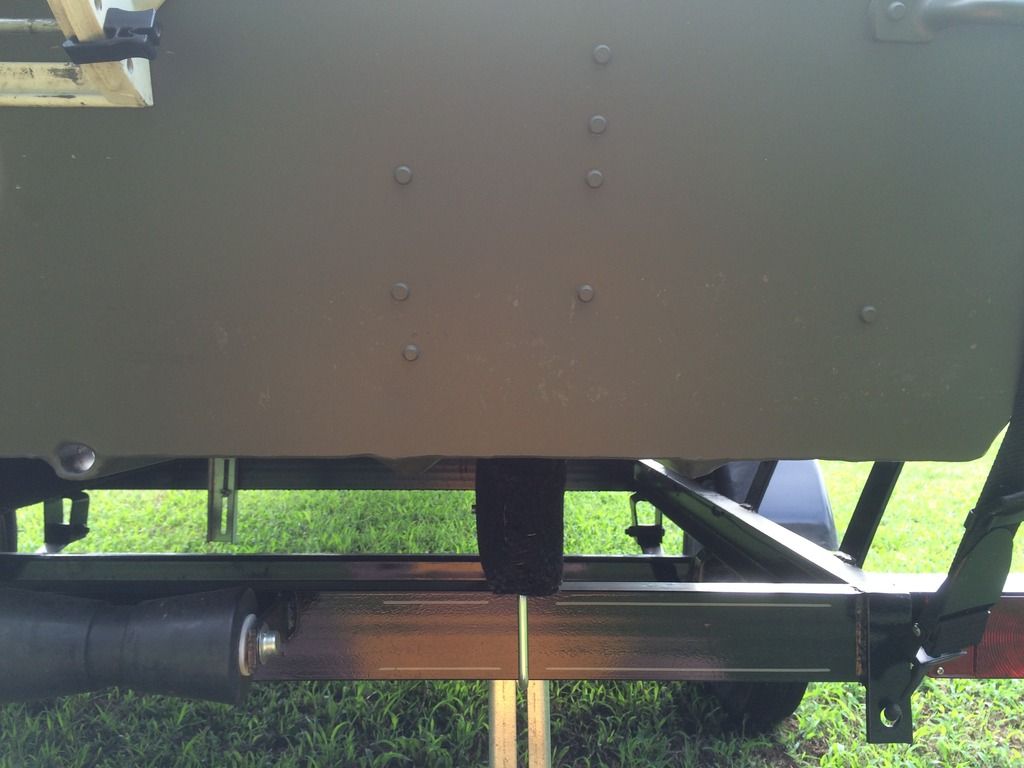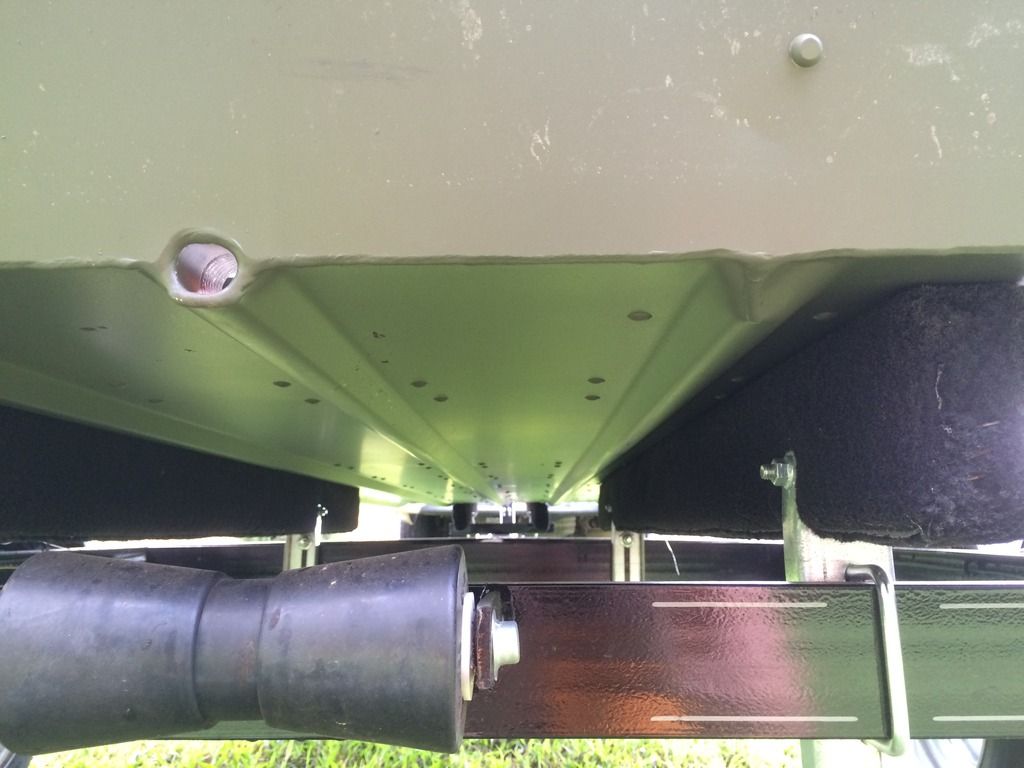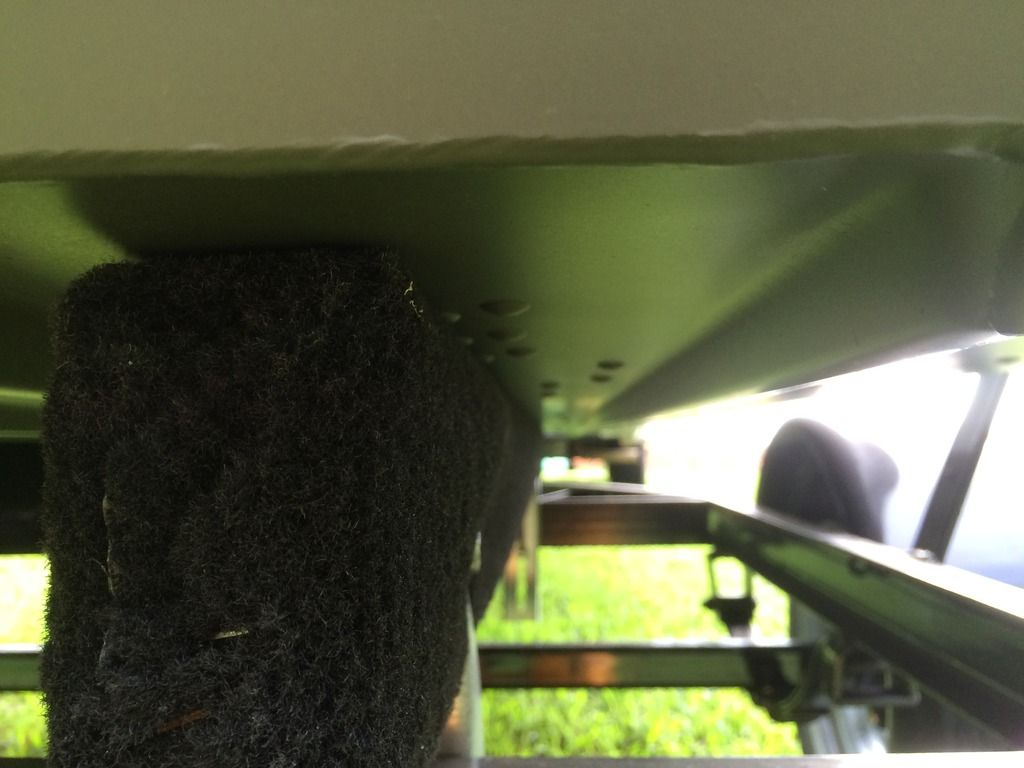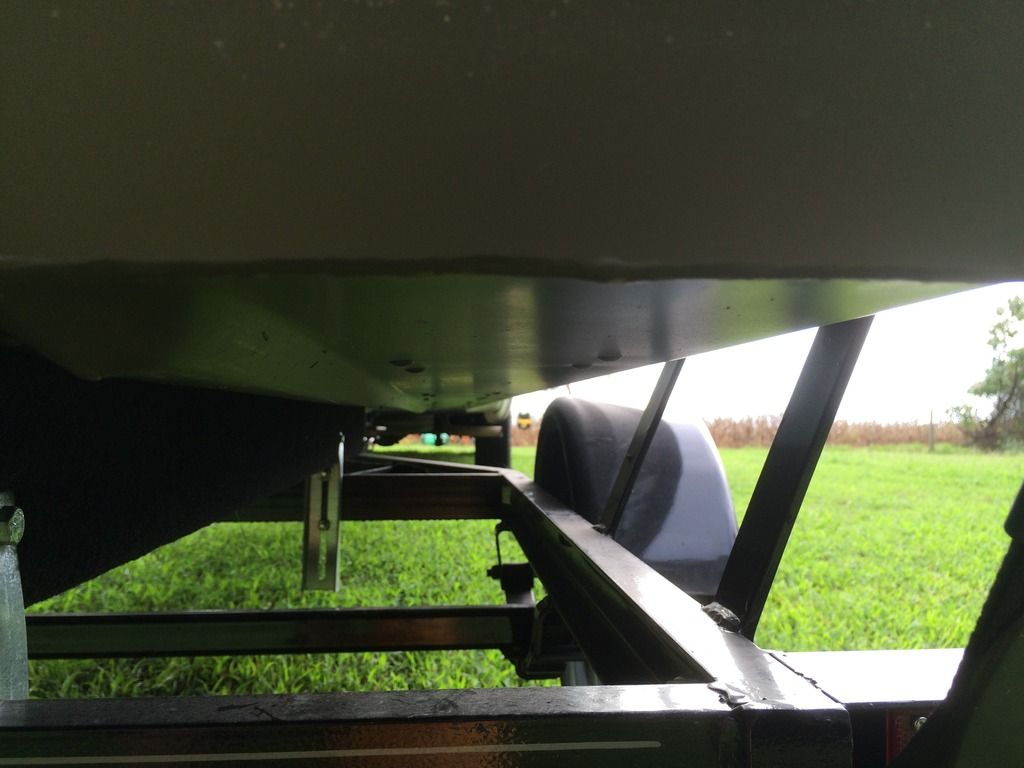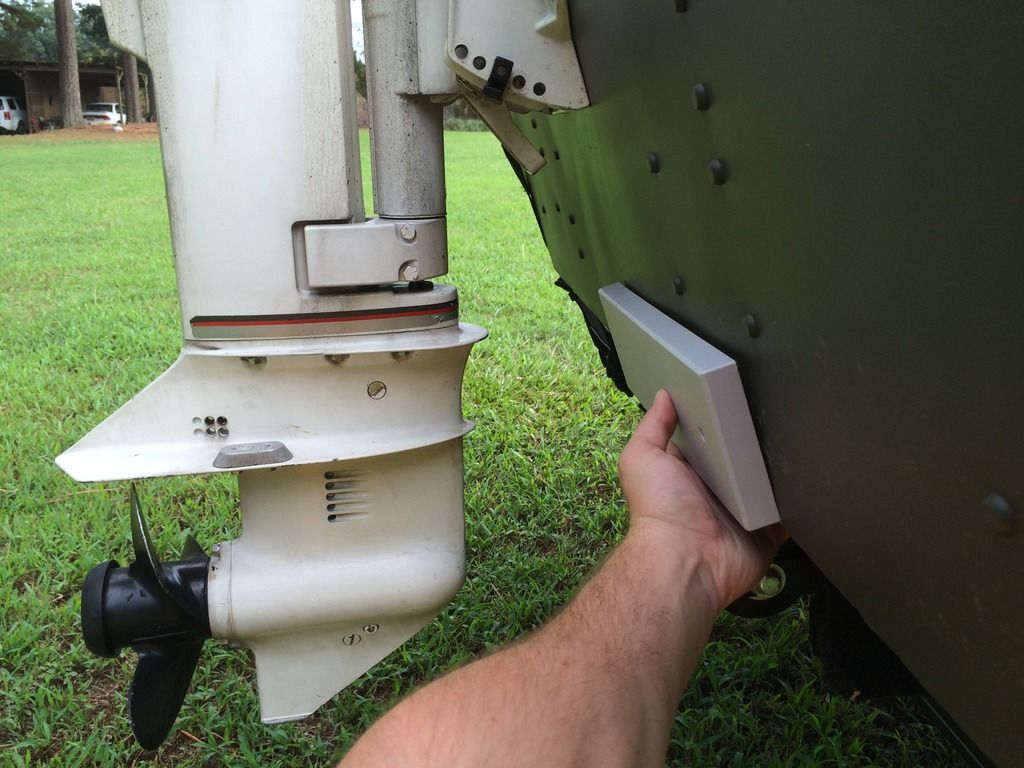wmk0002
Well-known member
Where do you guys recommend for buying some cutting board material for making a transducer mount? Some of the pre-made ones marketed for that seem nice but pricey. This one is affordable but overkill in terms of size as it is 12" wide. https://www.amazon.com/Custom-Tackl...rue&ref_=ox_sc_act_title_2&smid=ATVPDKIKX0DER
My wife bought me a Helix 5 SI/GPS combo for our anniversary and it will be in any day. I'm going to install it on my new 1648 (see my sig) and I'm also going to get an extra transducer and power cable and set it up on my bass boat so I can use it on both.
My wife bought me a Helix 5 SI/GPS combo for our anniversary and it will be in any day. I'm going to install it on my new 1648 (see my sig) and I'm also going to get an extra transducer and power cable and set it up on my bass boat so I can use it on both.



